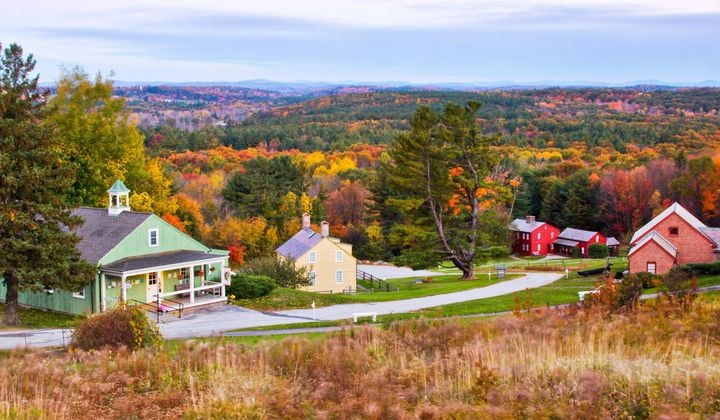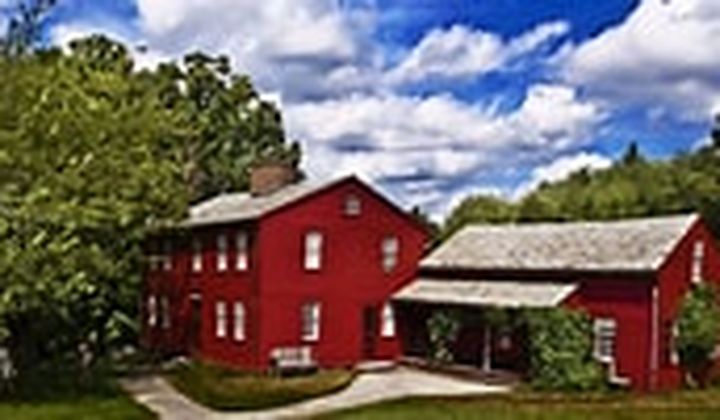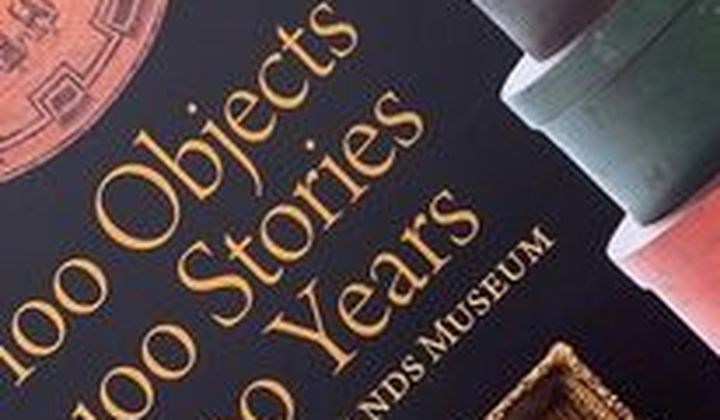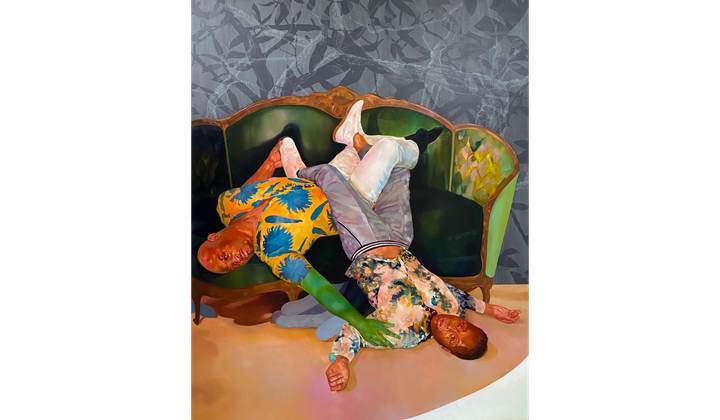Fruitlands Museum
102 Prospect Hill Road, Harvard, MA 01451 - United States
Fruitlands Museum has a diverse collection of art and material culture on 210 acres of land, stunning views, miles of walking trails and a café, The HYVE, situated with a view of the Nashua River Valley and the New Hampshire mountains.
In 1843, Amos Bronson Alcott and Charles Lane turned a swath of Harvard farmland into a Transcendentalist experiment in subsistence farming and Emersonian self-reliance, named Fruitlands, which ultimately disbanded after only seven months. In 1914, Clara Endicott Sears opened the grounds to the public, establishing a museum in the property’s 1820s farmhouse. Now, the 210-acre landscape encompasses five collections first established by Sears: the original Fruitlands Farmhouse; the Shaker Museum, the first such museum in the country; the Native American Museum, celebrating the history of indigenous peoples; the Wayside Visitor Center, a classroom, education, and exhibition space; and the Art Museum, this season fully dedicated to the New England Triennial 2022.
Exhibits
The Art Gallery
The New England Triennial 2022
The New England Triennial 2022 recognizes the vitality of contemporary art across the Northeast amid the recent years of upheaval and transformation. Spanning two museum venues—deCordova Sculpture Park and Museum and Fruitlands Museum—this year’s iteration features artwork by twenty-five artists from Connecticut, Maine, Massachusetts, New Hampshire, Rhode Island, and Vermont.
Prioritizing change over stability, many of the artists’ practices involve processes of unmaking and remaking—patching things together, dissecting, and rebuilding forms using discarded parts. Their collective artistry reveals interconnected tendencies: a focus on kinship and ancestral lineages; a search for one’s place in the world; the visualization of data; themes of ruin and decay, and processes of alchemical transmutation. Artists in this exhibition grapple with difficult and unjust moments of history and contemporary life. Some employ generations-old creative traditions in poetic, passionate, and informed ways. Altogether, their work unearths hidden energies and stories surfacing at a time defined by change and resilience.
Since 1989, the New England Triennial (formerly known as the deCordova New England Biennial) has been a mainstay of deCordova’s programming and mission, exemplifying the museum’s commitment to contemporary art of the Northeast region. For the first time, this upcoming cycle will span two museum venues, deCordova and Fruitlands, expanding the platform for this highly-anticipated survey of art making in New England. We hope you will visit both locations to appreciate the exhibition’s full scope.
Exhibiting Artists
Sascha Braunig
Edwige Charlot
Ann Craven
David Antonio Cruz
Furen Dai
Brenda Garand
Shaina Gates
Harry Gould Harvey IV
Jarrett Key
Heather Lyon
Native American Gallery
Building Relationships
To museum founder Clara Endicott Sears, the setting of Fruitlands was crucial to her vision, and New England regionalism permeated her imagination.
To that end, the museum, which is on Nipmuc territory, was conceived with each subject area presented in a different building. The Native American collection composes the largest proportion of the museum’s holdings and is the sole exception of Sear’s focus on the Nashua River Valley, as it includes art and cultural objects from throughout North America. She built the collection mostly via written correspondence rather than in person, in many cases without the content of the tribes represented.
Building Relationships includes art made and found by European-American settlers, underscoring the reality that the Native American and White settlers have coexisted here, not always peacefully for hundreds of years. It is in the spirit of equity and inclusion that we show the collection together in this exhibition. We celebrate the continuance of the Indigenous peoples, represented in part with a recent acquisition of of artwork by Theresa Secord (Penobscot) and a vase by Hisi Quotskuyva Nampeyo (Hopituh-Shi-nu-mu)
Participation in Museum Day is open to any tax-exempt or governmental museum or cultural venue on a voluntary basis. Smithsonian magazine encourages museum visitation, but is not responsible for and does not endorse the content of the participating museums and cultural venues, and does not subsidize museums that participate.






